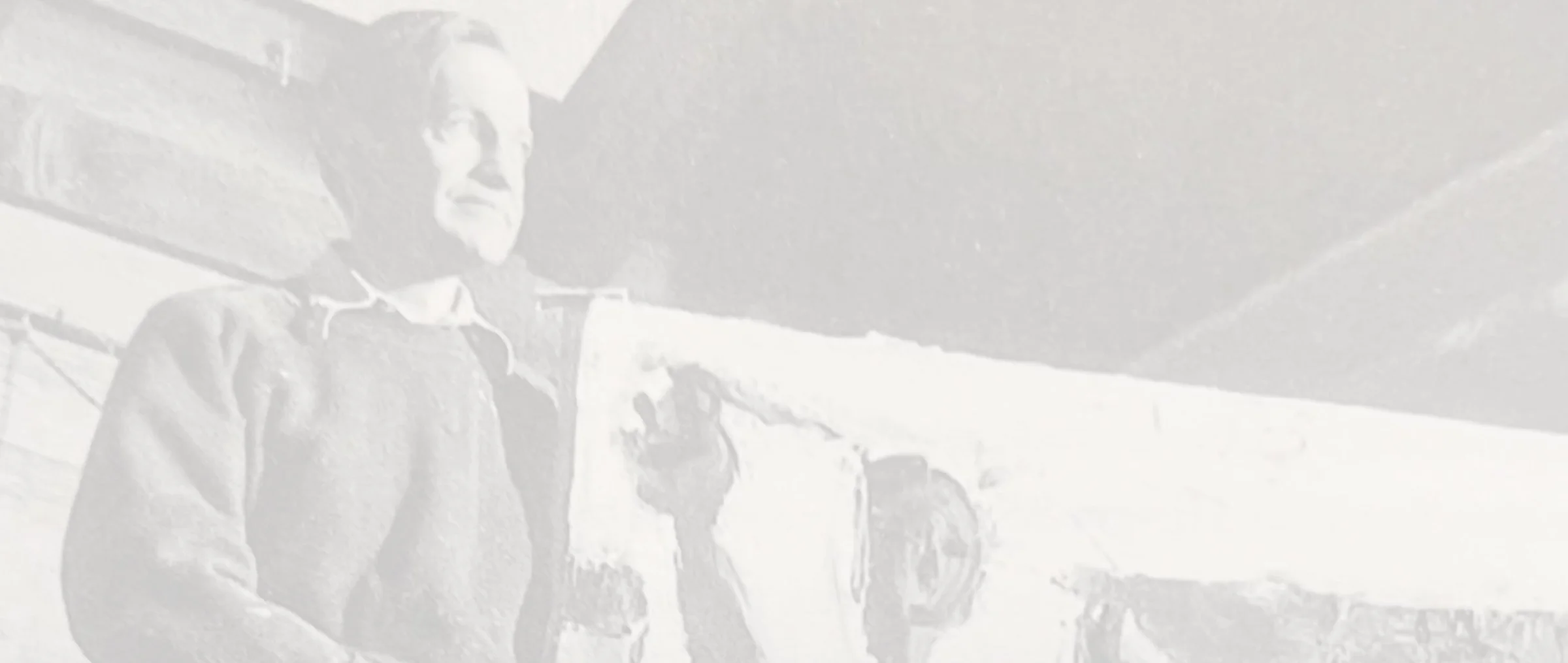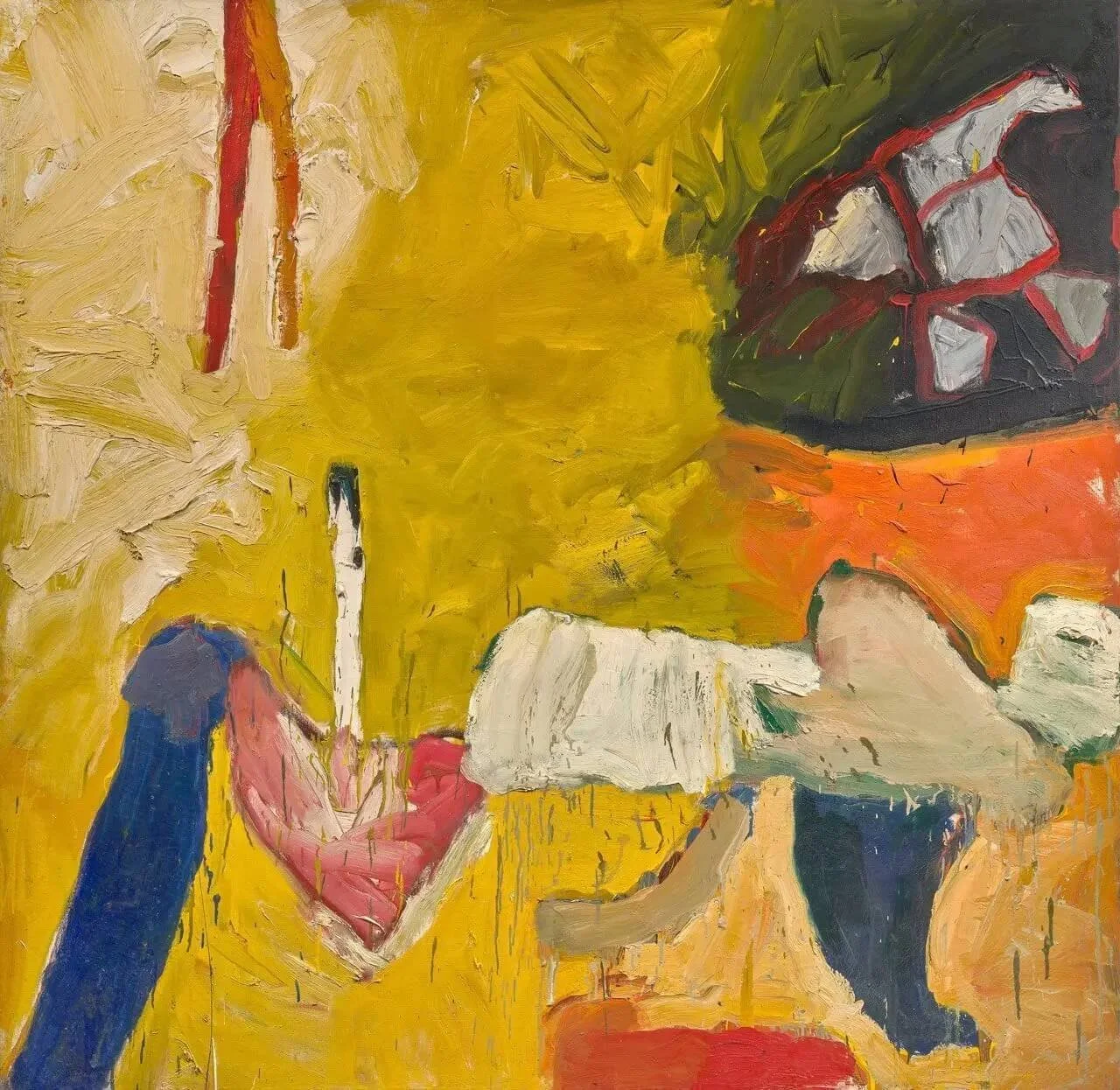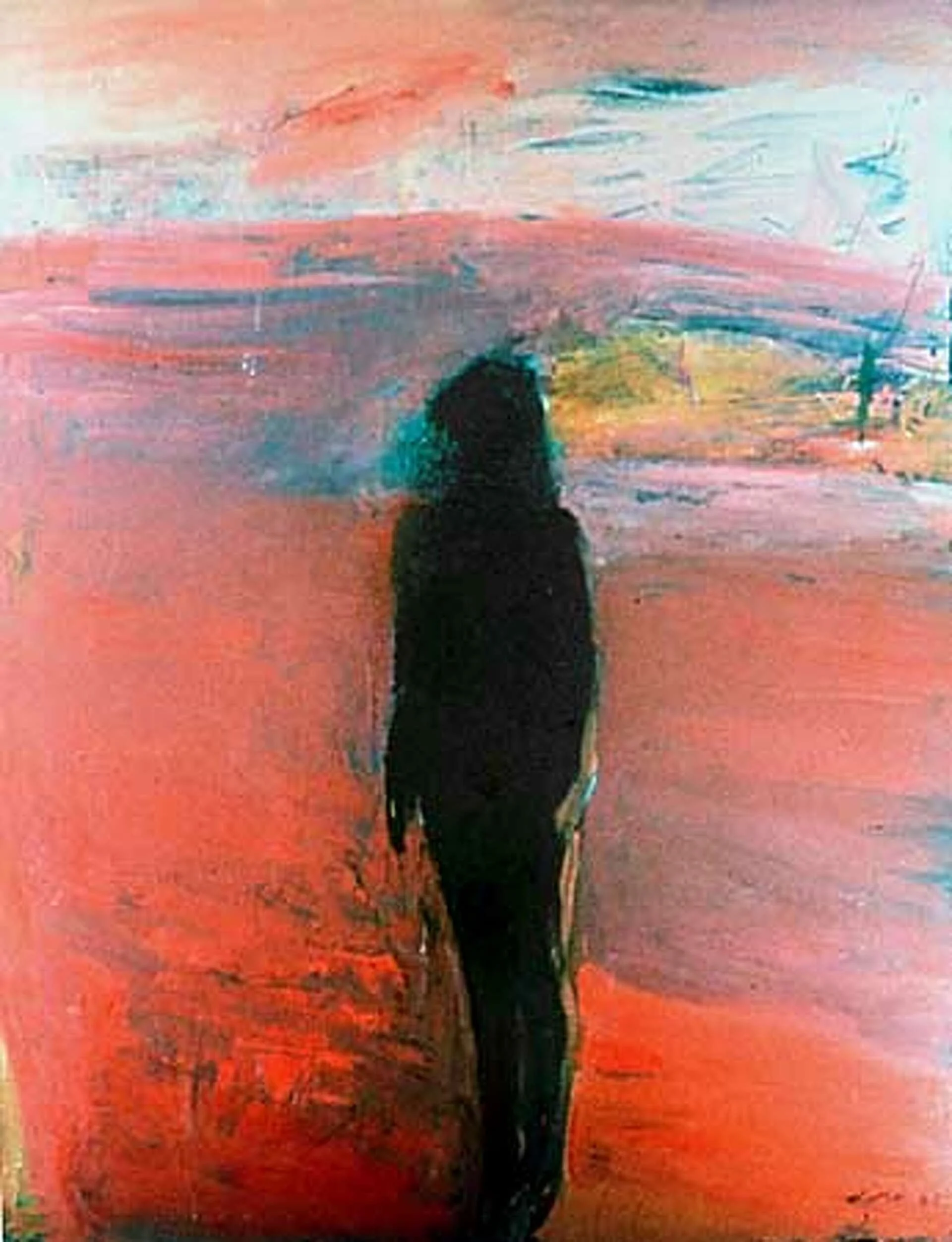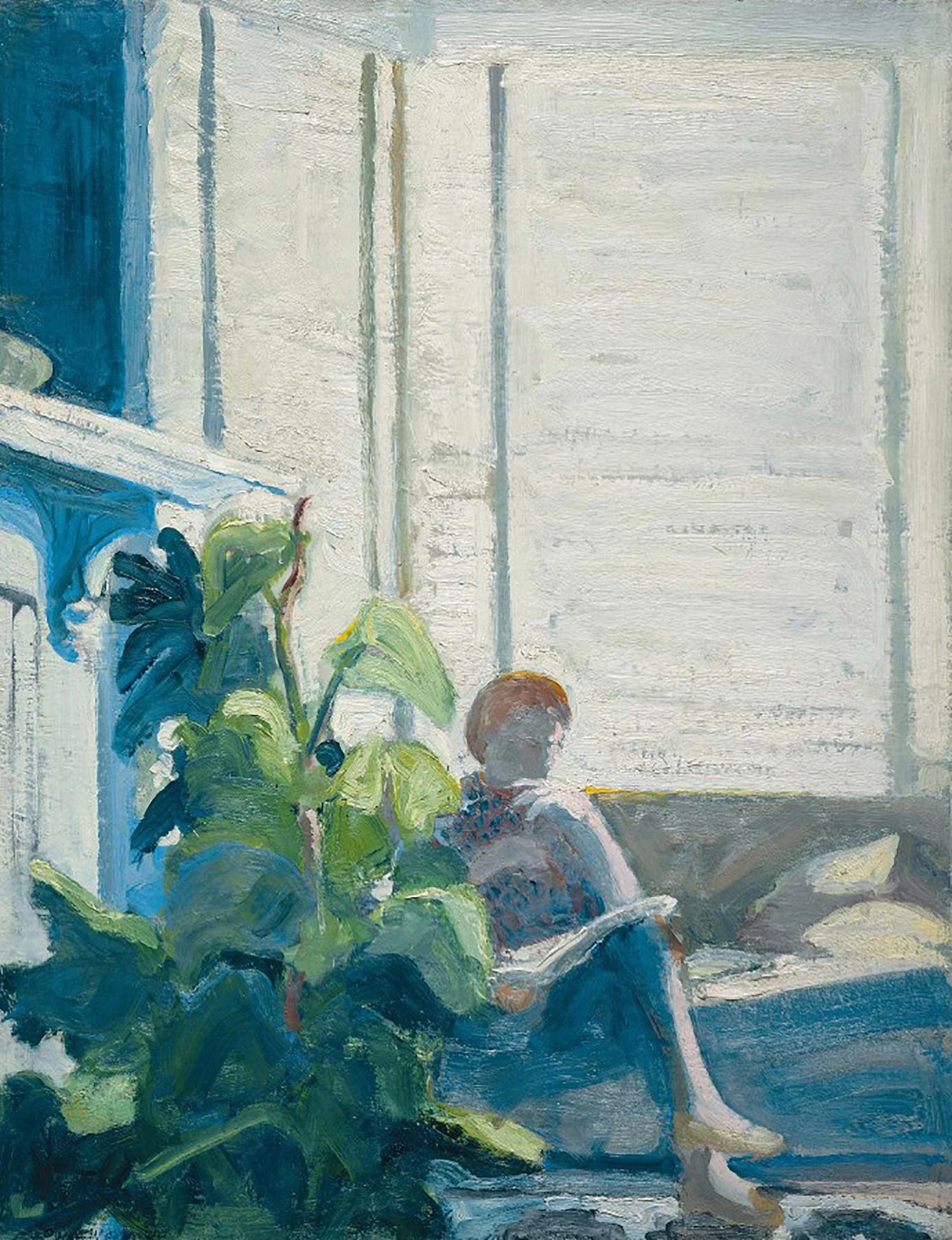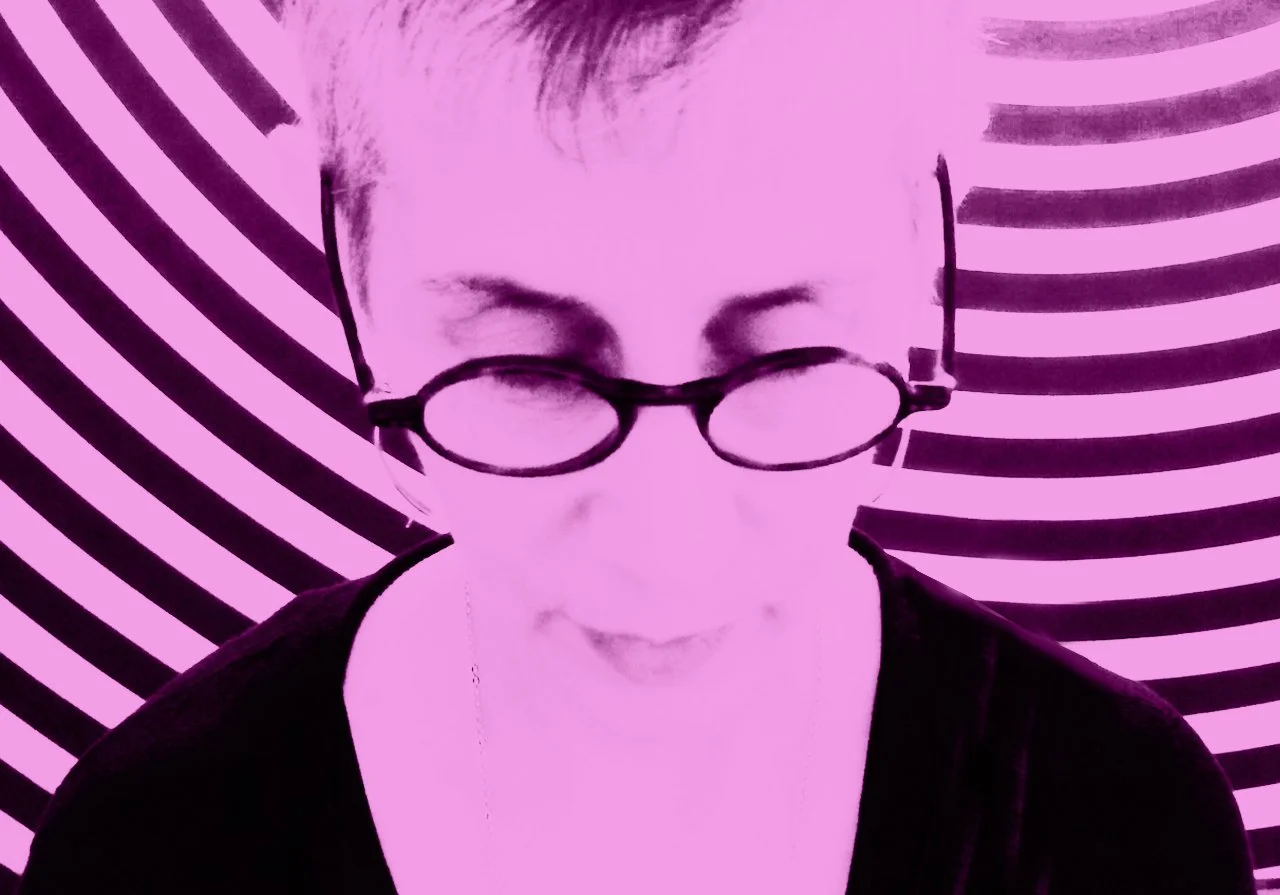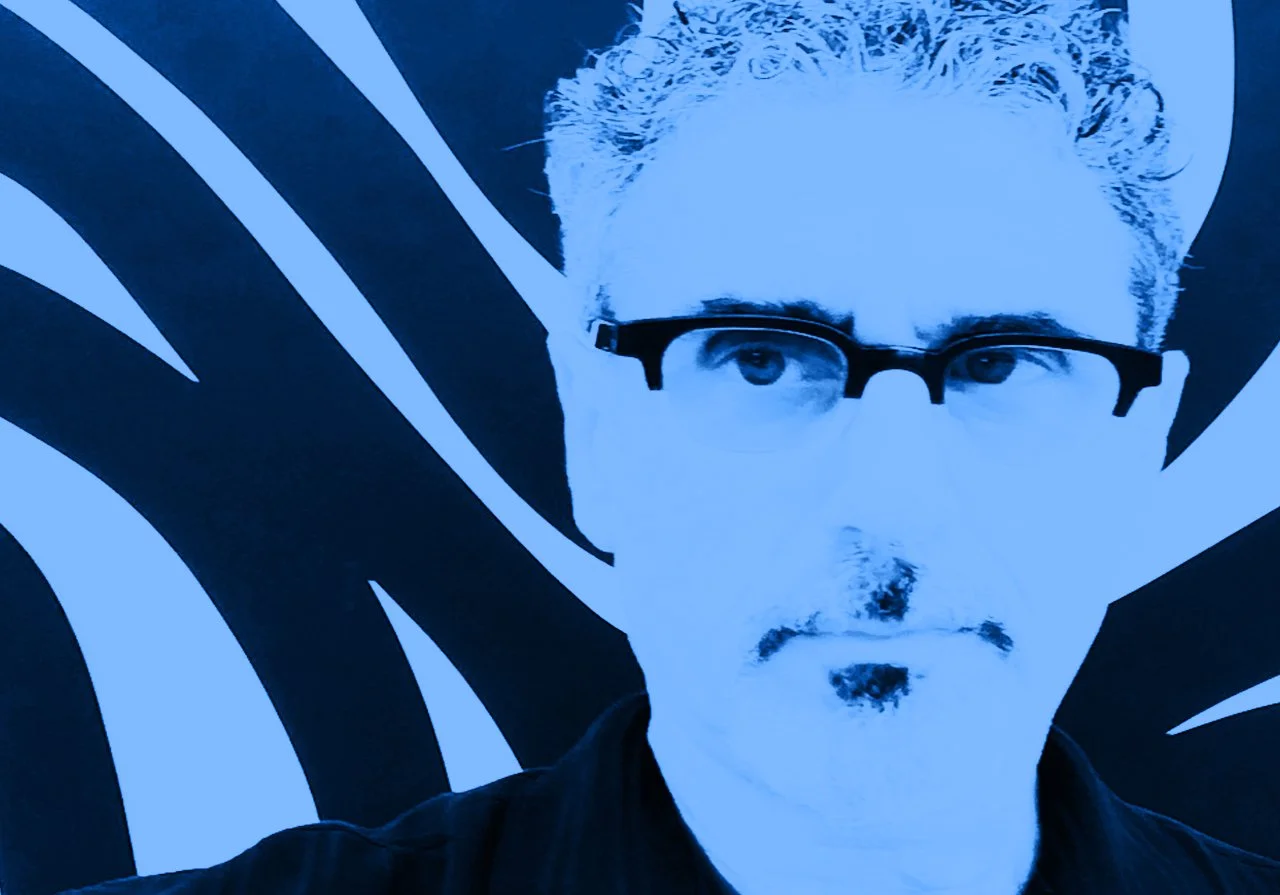1957 déjà vu
In September of 1957, the exhibition Contemporary Bay Area Figurative Painting, a traveling show developed by Paul Mills of the Oakland Museum, gave a name to the new school of figurative painting that had emerged in the Postwar San Francisco Bay Area. Featuring 36 works by 12 artists, including Elmer Bischoff, Richard Diebenkorn and David Park, the exhibition proved historic and influential. Now, nearly seven decades later the time has come to revisit and reconsider the impact of this moment.
Watch the full story. *
* This Should Not Happen: The First Exhibition of Bay Area Figurative Art
by John Seed
“
New Orleans gave us jazz and New York gave us Abstract Expressionism. San Francisco put the two together, added the human figure, and gave us Bay Area Figuration.
—John Seed
retired art professor and writer
BAYFig
SAN FRANCISCO
2027
It’s long overdue
Bay Area Figurative Art and its Legacy is a planned conference being organized by John Seed, who was a co-organizer of the 2017 exhibition Honoring the Legacy of David Park at Santa Clara University, with support from the Sam Francis Foundation and Hunk and Moo Anderson. The 2027 conference will offer a new generation of scholars, students and artists the opportunity to gather and reflect on both the past and future of Bay Area figuration.
As planning for the conference progresses news about the date, location and programs will be posted.
Envision
a conference with …
-
Lectures by leading art scholars, curators, and artists
-
Conversations on relevant issues in art, history, and society.
-
Expand conference themes through archival and contemporary footage.
-
Networking for artists, researchers, and professionals.
-
Visits to local museums and cultural institutions of note.
-
Opportunities to reflect on and reinterpret the legacy of Bay Area Figurative Art.
What you’ll learn
A conference for the Bay Area Figurative Movement, focused on reviving interest, spurring scholarship, and fostering contemporary connections.
-
Gain fresh angles for research, publishable material, and engagement with a movement often neglected in mainstream narratives.
-
Discover new curatorial angles, underexposed artists, and connections for traveling or local exhibitions.
-
Source of inspiration; connect personal practice to historical lineage; chance to participate in workshops and live art events.
-
Curriculum resources and teaching guides for integrating the Bay Area Figurative Movement into art history courses.
-
Opportunities to highlight untapped archives, collaborate on digitization and storytelling.
-
Access to engaging programming, art experiences, and a deeper connection to local Bay Area art history.
Who’s leading this?
John Seed
Director
John Seed is a retired art professor and writer based on California’s Central Coast. A graduate of Stanford and U.C. Berkeley, he taught art and art history for over 30 years and currently serves on the boards of the Sam Francis Foundation and Cambria Center for the Arts.
His writing has appeared in Hyperallergic, The Huffington Post, and Arts of Asia, and he is the author of Disrupted Realism: Paintings for a Distracted World and More Disruption: Representational Art in Flux.
Karen Herzog
Marketing Director
Her passion for art had always been there. From designing and redesigning her bedroom as a child in Palo Alto, to being drawn to the art and design community as a friend, marketeer, and Collector.
Karen’s business education and and love of art and design led her to representing high end innovators in the architecture and design community in the San Francisco Bay Area, then to marketing and product development for pioneers in internet, collaboration, health tech and the arts.
Richard Sachs
Creative Director
He began making art as a little kid in New York City and never stopped. An obsession with drawing inside the television led to art school, then a career in illustration, design, and art direction.
His introduction to computer graphics was terminally :-) engaging—creating animations for Superman III. All downhill from there, in Silicon Valley he pioneered the use of computers in print and interaction design for global innovators in software, hardware, energy, biotech, and to now—
Conference ideas?
We value your unique insights and perspective on Bay Area Figuration to help build the conference.
Image Credits
(Top of page)
-
Orange Sweater, 1955
oil on canvas
48 1/2 x 57 in/
Collection of SFMOMA
©The Estate of Elmer Bischoff -
Let’s Dance, 1976
oil enamel on canvas
96 by 78 inches
© The Estate of Joan Brown -
Seated Woman with Fur Collar, 1961
oil on canvas
54 x 50in (137.2 x 127cm)
The Estate of Nathan Oliveira -
Man in a T-Shirt, 1958
oil on canvas
59 3/4 × 49 3/4 in.
Collection of SFMOMA
© Estate of David Park, courtesy of Hackett Mill, representative of the Estate of David Park -
The Newspaper, 1960
oil on canvas
47 3/8 x 54 1/2 in.
San Francisco Museum of Modern Art, Gift of the Hamilton-Wells Collection, 69.104
Image © Estate of Paul Wonner and William Theophilus Brown, Crocker Art Museum, Sacramento. -
Figures in a Field, 1960-62
oil on canvas
50 × 60 in | 127 × 152.4 cm
Image © Estate of Paul Wonner and William Theophilus Brown, Crocker Art Museum, Sacramento.







